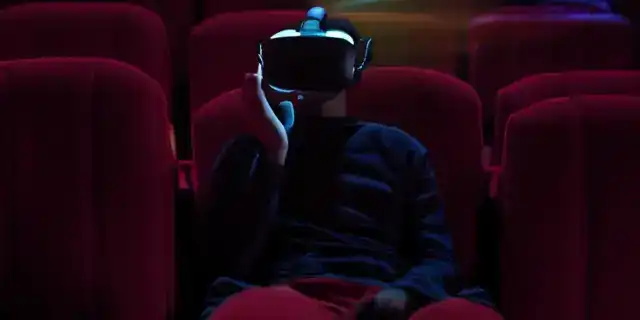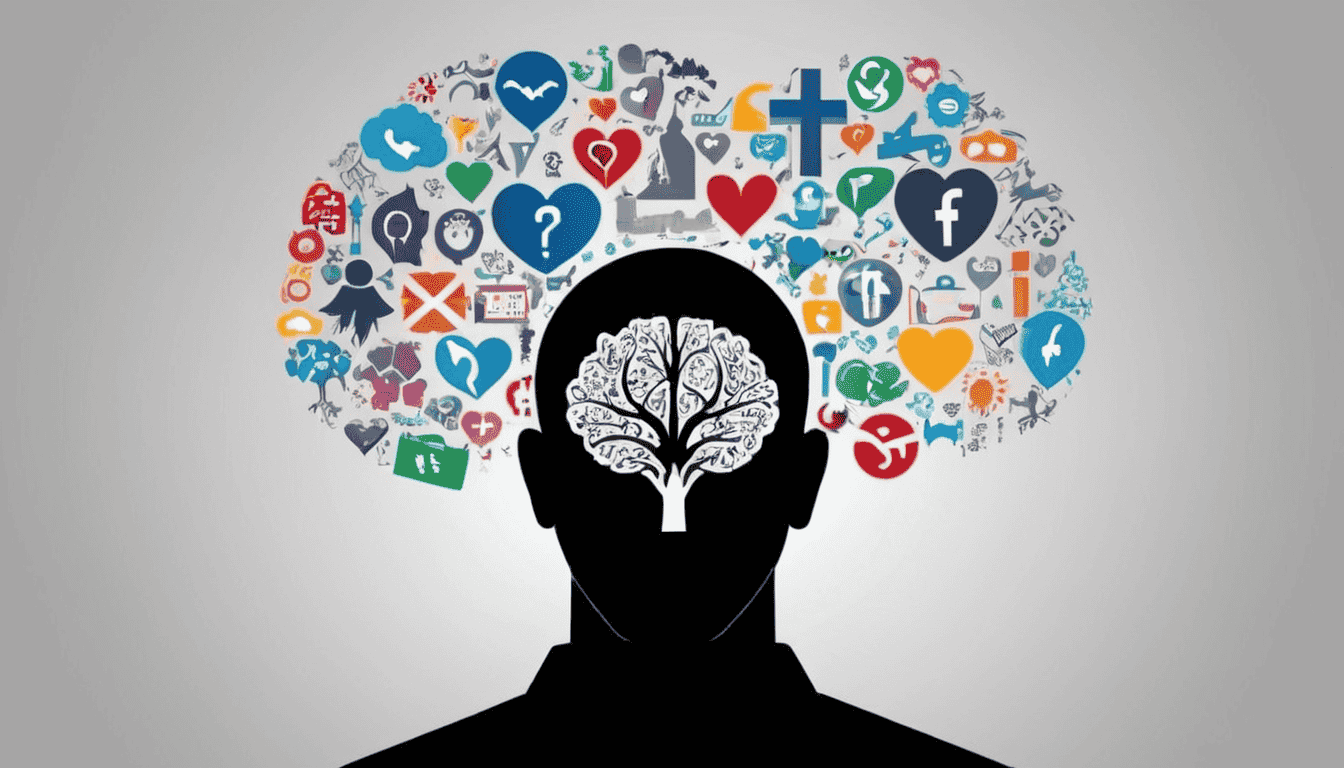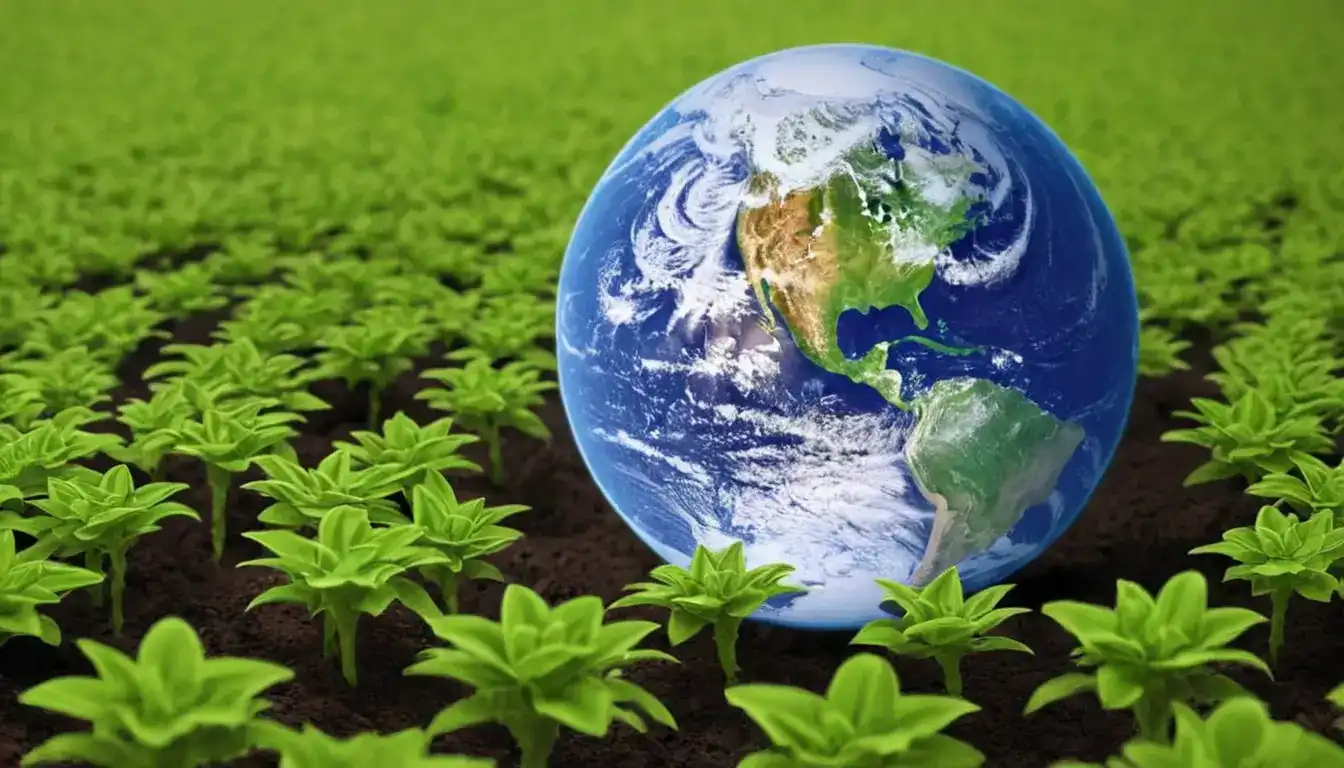Circular Economy: Redefining Production
Emily Willis

Photo: Circular Economy: Redefining Production
The Circular Economy: Redefining How We Make, Use, and Live
In an era defined by resource scarcity and environmental urgency, a powerful concept is gaining momentum: the circular economy. This isn't just a buzzword; it's a transformative framework that challenges our traditional "take, make, dispose" approach to production and consumption. By redefining how products are designed, manufactured, used, and ultimately repurposed, the circular economy offers a compelling vision for a more sustainable and prosperous future for everyone.
Beyond "Take, Make, Dispose": Understanding the Linear Economy's Limitations
For centuries, our global economy has largely operated on a linear model. We take virgin resources from the earth, make products from them, use these products, and then dispose of them as waste. This straightforward, one-way street has fueled unprecedented economic growth, but it comes at a steep price.
The consequences of this linear system are becoming increasingly apparent:
- Resource Depletion: We are rapidly exhausting finite natural resources, from minerals to fossil fuels.
- Mounting Waste: Our landfills are overflowing with discarded products, and pollution infiltrates our air, water, and soil. Each year, cities worldwide produce between 2.1 billion and 2.3 billion tonnes of solid waste.
- Environmental Degradation: The extraction and processing of raw materials, coupled with waste disposal, contribute significantly to greenhouse gas emissions, climate change, and biodiversity loss. In fact, nearly 40% of global emissions come from how we extract, use, and dispose of materials.
The stark reality is that this linear model is unsustainable. Global annual material consumption surpassed 100 billion tons in 2023, yet a mere 7.2% of that is cycled back into the economy. This "Circularity Gap" highlights a critical inefficiency and a pressing need for change.
The Core Principles of the Circular Economy
In contrast to the linear model, the circular economy is restorative and regenerative by design. It envisions a system where waste and pollution are eliminated, products and materials are kept in use for as long as possible, and natural systems are regenerated. This innovative economic model goes far beyond simple recycling; it demands a systemic shift in how we approach production and consumption.
The Ellen MacArthur Foundation, a leading proponent of the circular economy, outlines three fundamental principles:
- Design Out Waste and Pollution: This principle emphasizes preventing waste from being created in the first place. It involves rethinking product design to ensure that materials can be easily reused, repaired, or recycled.
- Keep Products and Materials in Use: Maximizing the lifespan of products and their components is central to the circular economy. This means prioritizing durability, repairability, reuse, and remanufacturing.
- Regenerate Natural Systems: Beyond minimizing harm, the circular economy aims to actively improve and restore natural environments. This can involve practices like regenerative agriculture and returning biological materials safely to the biosphere.
How the Circular Economy is Redefining Production
The shift to a circular economy fundamentally redefines production across various sectors. It's not just about what we make, but how we make it, how long it lasts, and what happens next.
Designing for Durability and Disassembly
At the heart of circular production is eco-design. This means products are conceived with their entire lifecycle in mind, right from the drawing board.
- Durability: Products are built to last, reducing the need for frequent replacements.
- Modularity and Repairability: Designs incorporate modular components that can be easily repaired, upgraded, or replaced, extending the product's lifespan.
- Material Selection: Emphasis is placed on using materials that are safe, non-toxic, and can be easily recycled or composted at the end of their use. This also includes prioritizing renewable or recycled materials.
New Business Models for a Circular World
The circular economy fosters innovative business models that move away from outright ownership and towards services and shared access.
- Product-as-a-Service (PaaS): Instead of buying a product, consumers pay for its use, while the manufacturer retains ownership and responsibility for its maintenance, repair, and eventual recovery. This incentivizes companies to design more durable and repairable products.
- Sharing Economy: Platforms facilitate the sharing or rental of goods, from tools to vehicles, maximizing their utilization and reducing the need for individual ownership.
- Repair and Remanufacturing Services: Businesses focus on repairing, refurbishing, and remanufacturing existing products to bring them back to "as-new" condition, tapping into a valuable resource stream. Remanufacturing components can reduce production costs by 40% to 60%.
- Take-Back and Buy-Back Schemes: Companies implement programs where customers can return used products, ensuring materials are collected for reuse or recycling. IKEA, for instance, has a buyback scheme for used furniture.
Innovations in Materials and Manufacturing
The push for circularity drives innovation in materials science and manufacturing processes.
- Advanced Recycling Technologies: Developing more efficient and effective ways to recycle complex materials, including plastics and electronics, is crucial.
- Bio-based and Biodegradable Materials: Research and development are focused on creating materials that can safely return to biological cycles, such as compostable packaging.
- Industrial Symbiosis: This involves industries collaborating to share resources, by-products, and waste, where one company's waste becomes another's raw material.
The Role of Technology in Enabling Circularity
Digital technologies are pivotal enablers of the circular economy.
- Internet of Things (IoT): IoT sensors can track product usage, performance, and location, facilitating predictive maintenance, optimizing usage, and enabling product take-back schemes.
- Artificial Intelligence (AI) and Data Analytics: AI can optimize resource allocation, predict material availability, and improve sorting processes in recycling. Data analytics provide insights into material flows and product lifecycles, enabling more informed circular decisions.
- Blockchain: This technology can enhance transparency and traceability in supply chains, verifying the origin and composition of materials and ensuring ethical sourcing and recycling.
The Multifaceted Benefits of Embracing the Circular Economy
The transition to a circular economy offers significant benefits that extend far beyond environmental protection, impacting economic prosperity and societal well-being.
Environmental Benefits
- Reduced Waste and Pollution: By keeping products and materials in use, the circular economy drastically reduces the amount of waste sent to landfills and minimizes pollution associated with extraction and disposal.
- Conservation of Natural Resources: Less reliance on virgin materials means preserving finite resources and reducing the environmental impact of their extraction.
- Lower Greenhouse Gas Emissions: Reusing and recycling materials often requires less energy than producing new ones, leading to a significant reduction in carbon emissions and a direct contribution to mitigating climate change. It's estimated that more than 80% of a product's environmental impact is determined during the design phase.
- Biodiversity Protection: Reduced resource extraction and pollution help protect ecosystems and prevent biodiversity loss.
Economic Benefits
- Cost Savings: Businesses can achieve substantial cost savings by reducing their dependence on volatile raw material markets and optimizing resource use. Recycling aluminum, for example, requires 95% less energy than producing it from raw materials.
- New Market Opportunities and Innovation: The circular model opens doors for new businesses and services in areas like repair, remanufacturing, and sustainable product design, fostering innovation across various sectors. The circular economy market is predicted to more than double by 2026, reaching a $712 billion market opportunity.
- Job Creation: The circular economy is more labor-intensive than the linear model, particularly in areas like collection, sorting, repair, and remanufacturing, leading to the creation of new, often local, jobs. The transition could create over 7 million jobs globally by 2030.
- Increased Competitiveness and Brand Reputation: Companies adopting circular practices can enhance their brand image, attract environmentally conscious consumers, and gain a competitive edge in a market increasingly valuing sustainability.
Societal Benefits
- Improved Quality of Life: Consumers can benefit from more durable, high-quality products that save them money in the long term.
- Community Engagement: Circular initiatives often involve local businesses and communities, fostering local economic development and social cohesion.
- Enhanced Resource Security: By reducing reliance on imported raw materials, countries can improve their resource security and economic resilience.
Real-World Examples: Circular Economy in Action
Many leading companies are already embracing circular economy principles, demonstrating that this model is not just theoretical but highly practical and profitable.
- Patagonia: This outdoor apparel company is a pioneer in circularity with its "Worn Wear" program, offering free repairs, encouraging customers to buy less, and incorporating recycled materials into products
Latest ✨
View Allthe ever-evolving landscape of cinema, driven by technological advancements, changing audience preferences and innovative storytelling approaches. The exhibition explores trends such as digital filmmaking, virtual production, the dominance of streaming services, hybrid release models, and the revitalization of cinemas.
Emily Willis
significance of mental health awareness in today's fast-paced world. It discusses the importance of understanding mental health, breaking down stigma, and promoting positive mental health practices.
Emily Willis
Market research: your ultimate business compass. Gain vital insights on customers, competitors & trends to steer your business to growth & success.
Emily Willis
Discover how green technology is revolutionizing the global economy and offering a sustainable future. Explore trends, innovations, and investments shaping this exciting movement and learn how it impacts businesses and our daily lives.
Emily Willis
Business
View All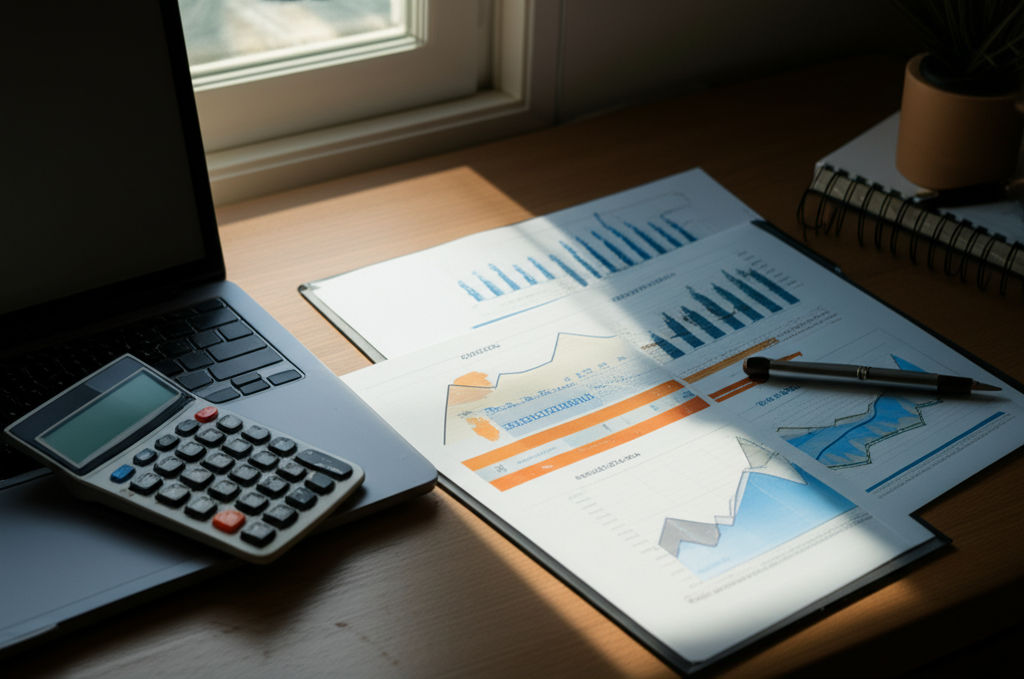
June 8, 2025
Debt Management for Business StabilityUnlock business stability! Learn strategic debt management to fuel growth & avoid pitfalls. Your comprehensive guide.
Emily Willis
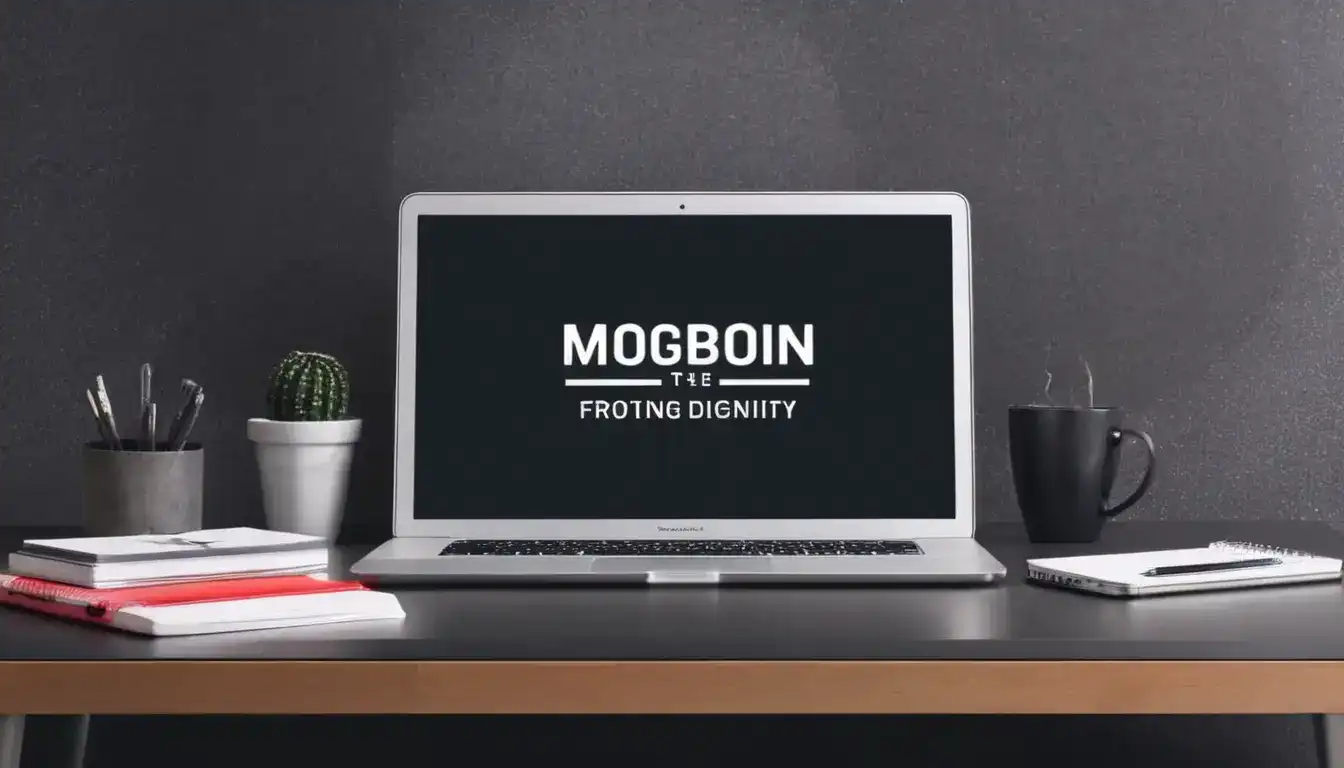
August 4, 2024
How to Build a Strong Brand Identity for Your BusinessBuilding a strong brand identity is essential for business success as it helps differentiate you in the market, connect with your audience, and build loyalty. Key steps include understanding your target audience, defining your mission and values, developing a unique selling proposition, creating a memorable brand name and logo, choosing brand colors and typography, crafting a brand voice and messaging, ensuring a consistent brand experience, leveraging visual content.
Emily Willis

June 8, 2025
Improve Employee RetentionBoost business success! Learn actionable strategies to improve employee retention, reduce costs, and build a loyal, productive workforce.
Emily Willis
Economy
View AllUnlock the world of cross-border investment. Understand FDI, FPI, global trends & their economic impact. Navigate international capital flows effectively.
Read MoreTechnology is now an integral part of our daily lives and economies, driving innovation, boosting productivity, and fueling economic growth. It streamlines research and development, facilitates collaboration, automates mundane tasks, and democratizes innovation.
Read MoreFiscal policy is a crucial tool used by governments to influence economic activity and achieve various objectives. It involves decisions on government spending, taxation, and borrowing. During economic downturns, fiscal policy plays a key role in supporting recovery, stimulating demand, and promoting growth.
Read MoreEntertainment
View All
August 5, 2024
Fandom's Power: Passionate Communities and Cultural ImpactFandoms are dedicated groups of fans who come together around a shared love for a book series, movie franchise, or other interest. They provide a sense of belonging and community for individuals, particularly those who may feel like outsiders in their everyday lives.
Emily Willis

August 4, 2024
Recommended Movies and TV Series to Watch This Yearlist of recommended movies and TV series to watch this year. The movies include "Dune: Part Two," "Spider-Man: No Way Home," "The French Dispatch," "No Time to Die," and "Encanto." The TV series include "Stranger Things: Season 4," "The Mandalorian: Season 3," "The Witcher: Season 2," "Ted Lasso: Season 3," and "Loki: Season 2." Each entry includes reasons to watch, such as stellar cast, visually stunning cinematography, engaging plot, and character development.
Emily Willis

August 5, 2024
Entertainment in Society: Social Impact, Cultural Influence, Economic ContributionsEntertainment is more than just a way to pass the time it has a significant impact on society, culture, and the economy. It promotes empathy, sparks conversations, and drives social change. It reflects and shapes cultural trends, while also preserving traditions. The entertainment industry generates jobs, contributes to economic growth, and drives technological innovation.
Emily Willis
Health
View Allmaintaining good health and well-being through nutritional choices. A balanced diet, incorporating whole foods, staying hydrated, consuming nutrient-dense foods, managing portion sizes, practicing mindful eating, eating regular meals and snacks, considering supplements, and adopting sustainable eating practices are all highlighted as effective strategies for enhancing overall.
Emily Willis
sleep for physical and mental well-being, discussing the benefits of sleep such as physical restoration, brain function, emotional regulation, concentration, and reduced risk of chronic diseases. It explains the different stages of the sleep cycle and provides guidelines for how much sleep individuals of different ages need.
Emily Willis
significance of mental health awareness in today's fast-paced world. It discusses the importance of understanding mental health, breaking down stigma, and promoting positive mental health practices.
Emily Willis
Trending 🔥
View All
1
2
3
5
6
7
8
10
Lifestyle
View AllSports
View AllAugust 5, 2024
Inclusive Playing Field: Creating a Welcoming and Accessible Sports Environment
Read MoreAugust 4, 2024
Sports Technology Innovation: Revolutionizing Training and Performance Analysis
Read MoreAugust 4, 2024
Benefits of Cross Training for Athletes: Improves Performance and Prevents Injuries
Read MoreTechnology
View All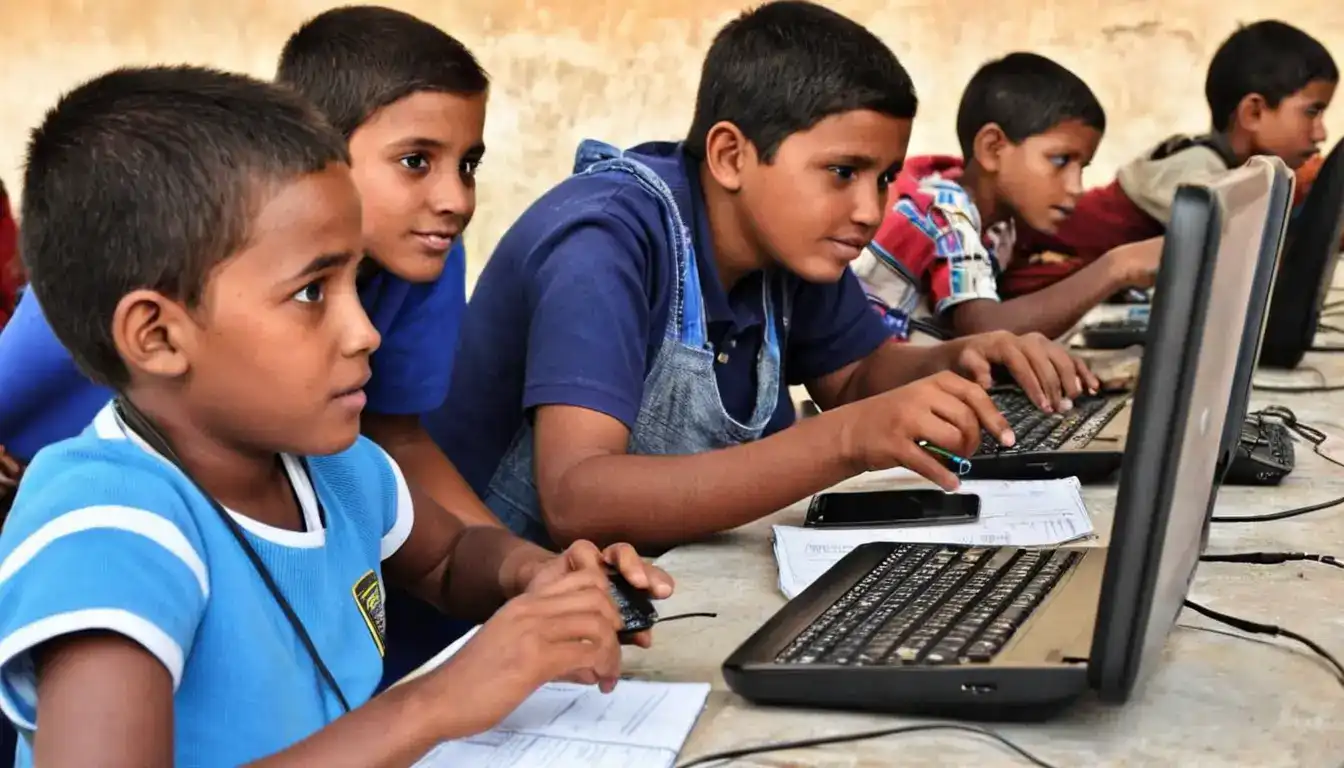
August 4, 2024
Bridging the Digital Divide: Ensuring Everyone Has Access to Technology
we can bridge this gap and create a more inclusive digital landscape.
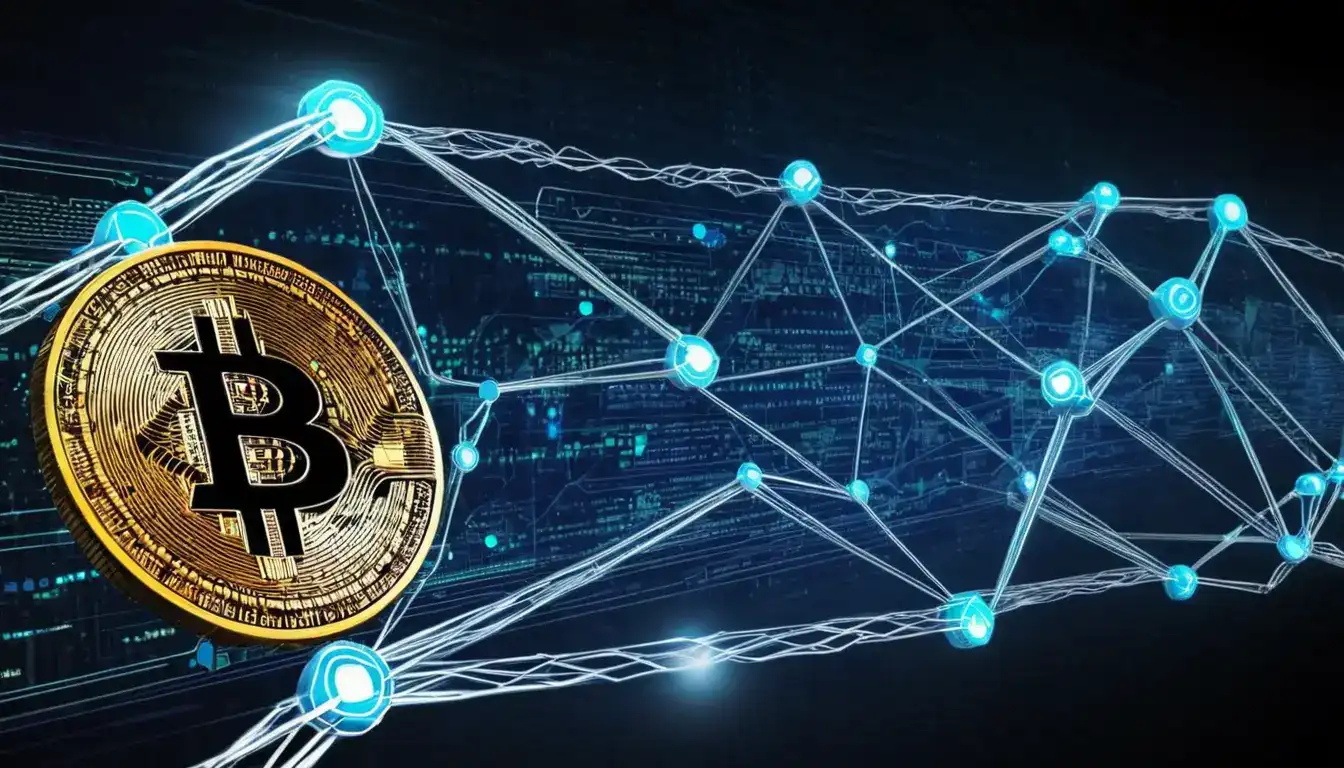
August 4, 2024
Blockchain Beyond Cryptocurrency: Innovative Uses in Various Industries
Blockchain technology is more than just cryptocurrencies like Bitcoin, it has far-reaching applications in various industries. Blockchain is a decentralized digital ledger that ensures transparency and security by recording transactions across multiple computers. It is being used innovatively in sectors such as supply chain management, healthcare, finance, real estate, voting systems, and intellectual property.
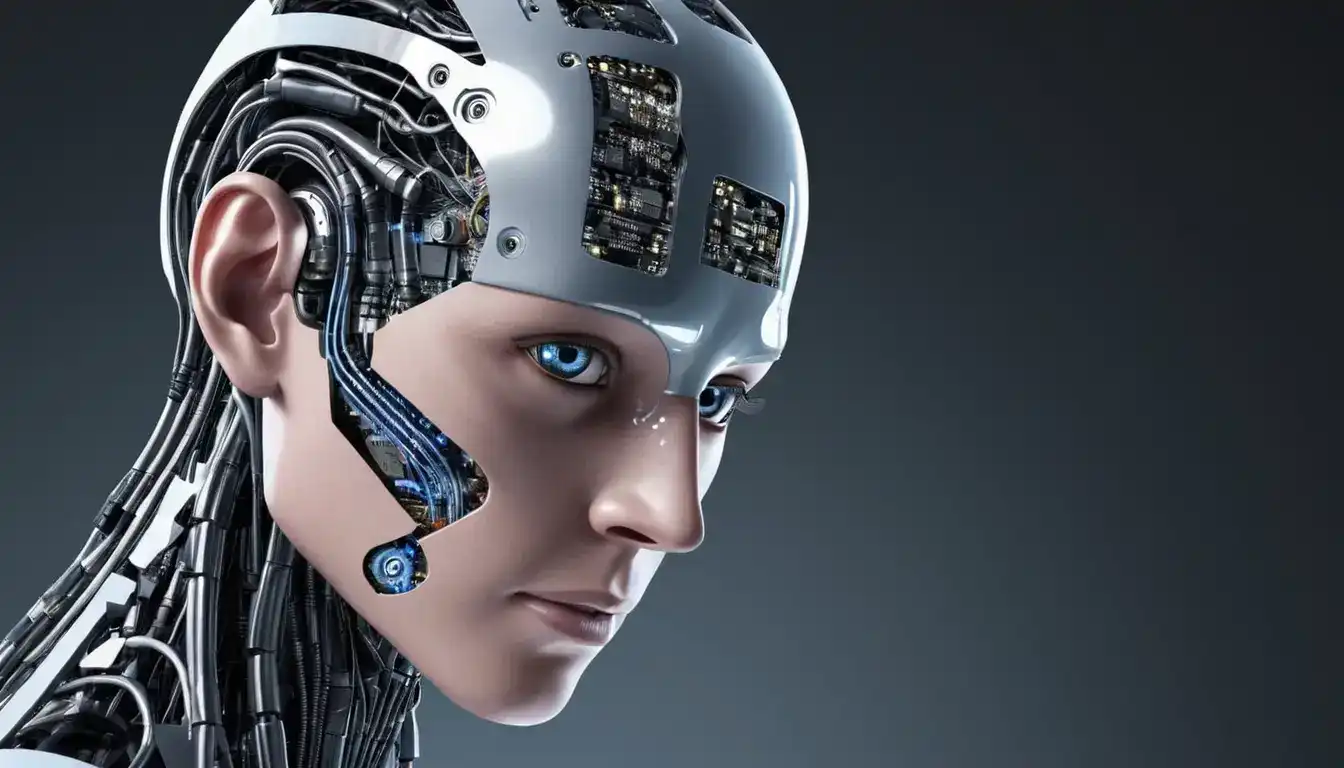
August 4, 2024
The Future of Artificial Intelligence: Opportunities and Challenges
opportunities and challenges presented by Artificial Intelligence (AI) in various sectors such as efficiency, customer experiences, healthcare, education, and economic growth. It highlights the need to address ethical considerations, job displacement, privacy issues, security risks, and regulatory challenges associated with AI.

August 5, 2024
Top Skills Every Junior Software Developer Should Master in 2024
Meta Description: Discover the top skills junior software developers need to master in 2024 to excel in their careers. From coding languages to soft skills, this blog reveals the secrets to staying ahead in the dynamic world of software development.
